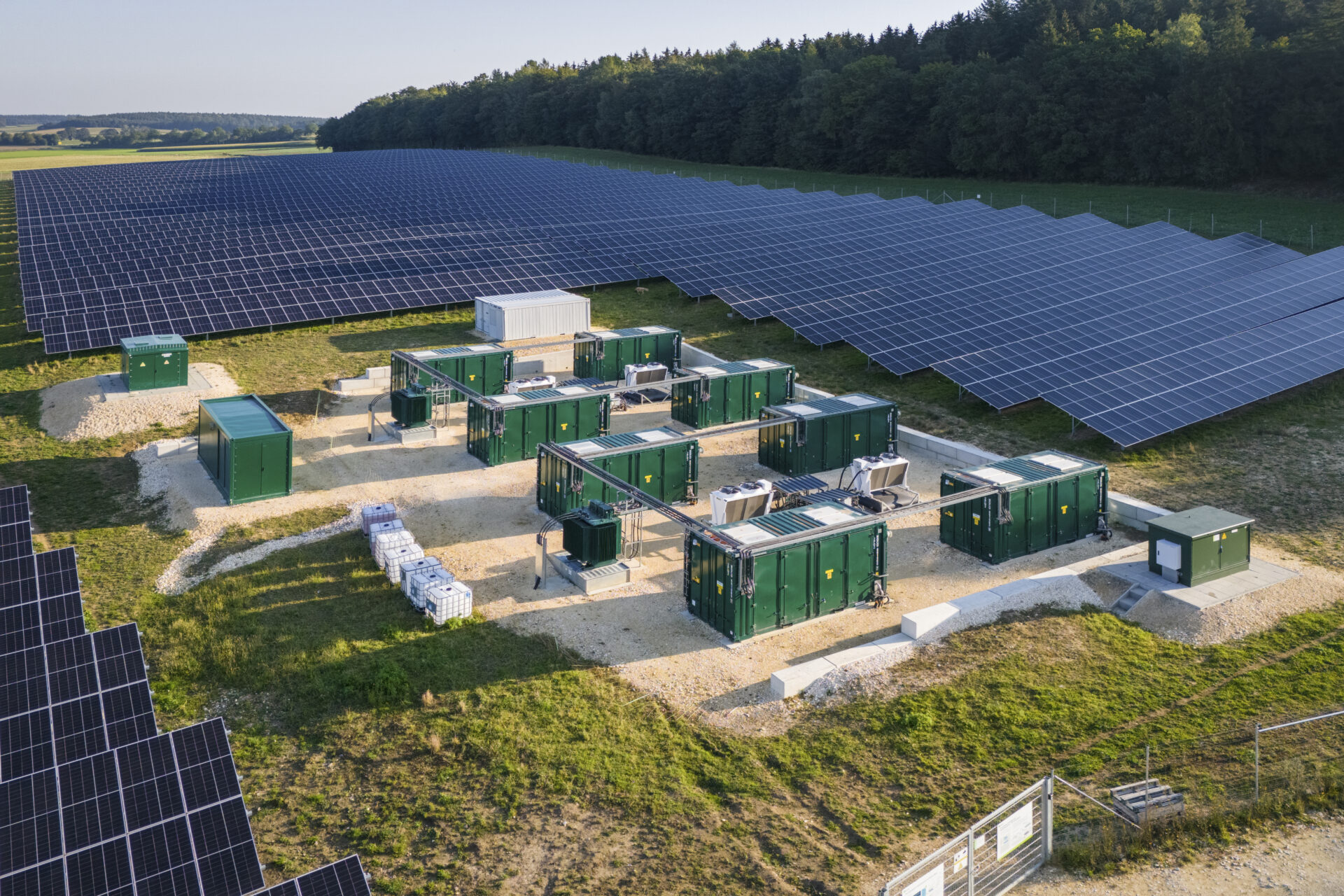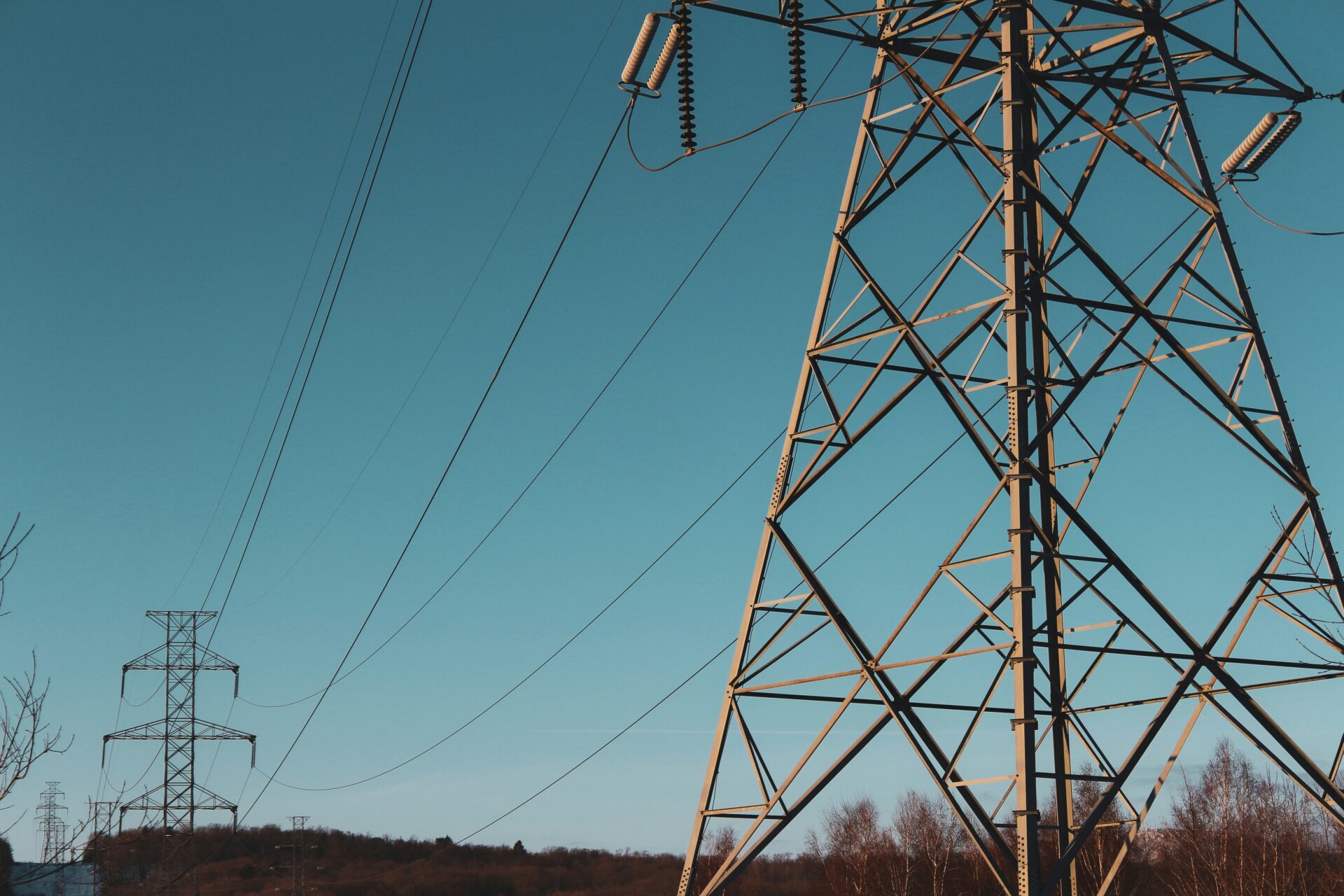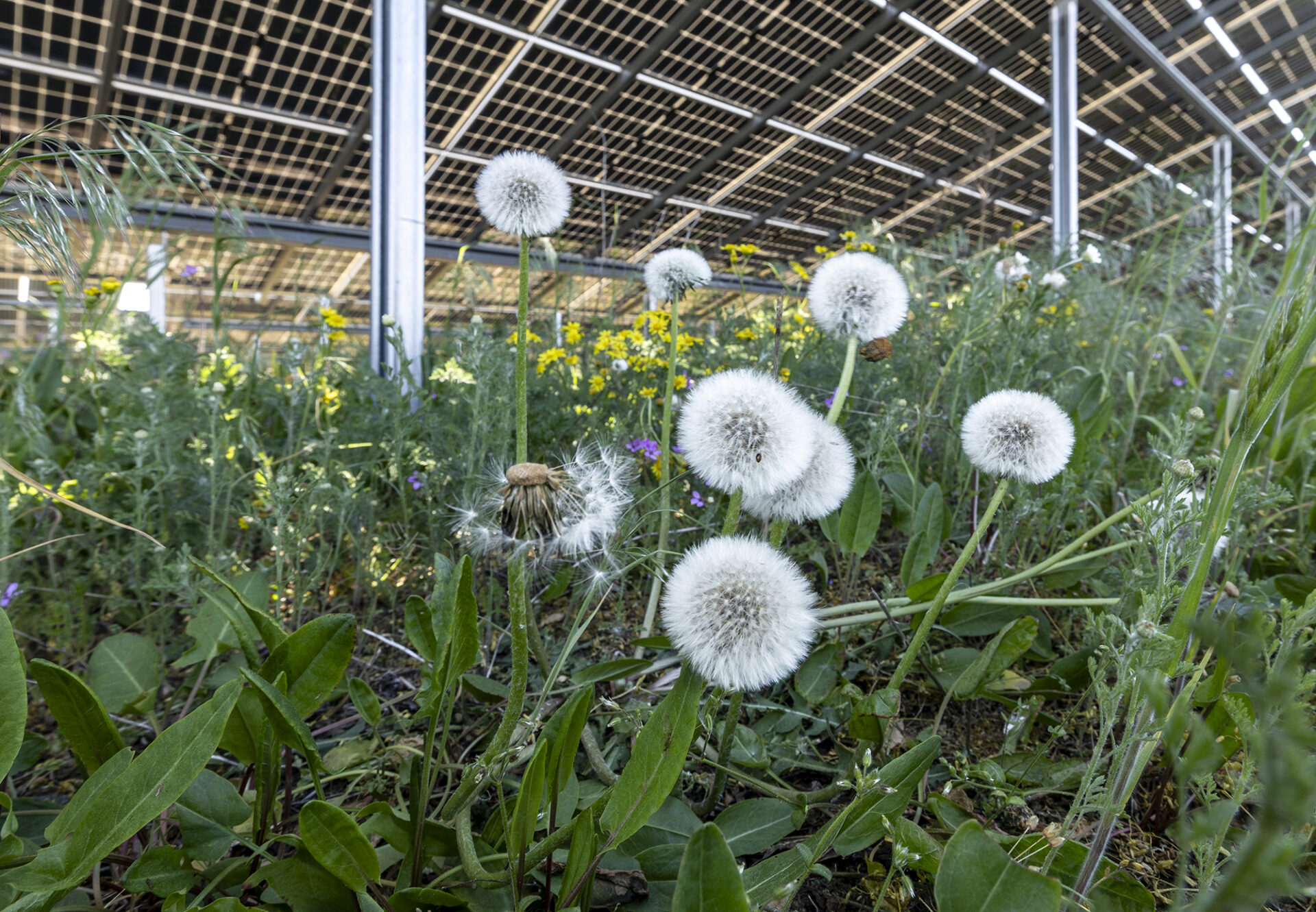The acceptance of renewable energies has grown steadily in recent years, as can be seen from the high expansion figures for PV and wind power. However, the success story of the increasing expansion of PV does not yet seem to have reached the public's consciousness.
With over one gigawatt of PV expansion per month and exponentially growing storage expansion, we are managing the energy transition faster than many people think. Generating electricity from renewable energies has long been the new reality, the new normal. It is therefore important to lay the cards on the table and publicise the industry's successes to the general public.
Germany is therefore well on the way to completing the energy transition and fulfilling the government's targets for solar and wind energy. Solar power is already the cheapest form of electricity generation and is also simpler and safer than using fossil fuels. A system based on renewable energies is safe and reliable.
Important facts on current topics
In In our four fact sheets (only in German) on the topics
- "Large battery storage systems and renewable energies are the new dream team",
- “How agriculture and solar power can go hand in hand",
- "Economic strength through solar energy" and
- "Solar parks as an opportunity for biodiversity".
we present the most important information in simple language and use graphics and facts to show where we stand in terms of PV and storage expansion in Germany.
1/4: The solar parks of the future are solar battery power plants
The expansion of large-scale storage is the logical consequence of the rapid expansion of ground-mounted PV systems in Germany. What are the advantages of large battery storage systems? Does the expansion need state subsidies or are large storage systems already financed by the market? And why do storage systems reduce electricity costs?
You can find the answers to these questions in our fact sheet:
2/4: PV expansion is an insurance policy for farms
Almost all solar parks are built on agricultural land. This applies to both agrivoltaics and conventional solar parks. In agrivoltaics, productive agriculture is realised under and next to solar modules. In classic solar parks, land must also be cultivated. What can the management of open PV areas look like? How should solar parks be designed so that they are a win-win-win for energy, agriculture and nature?
You can find the answers to these questions in our fact sheet:
3/4: Solar parks are the favourites when it comes to electricity prices
Photovoltaic systems reliably supply cheap electricity for decades. Ground-mounted PV systems in particular have the lowest electricity generation costs. This is why the use and production of solar energy is also the most cost-effective form of climate protection for the federal government, federal states and local authorities in order to easily achieve their climate protection targets and a resilient electricity supply.
The expansion of solar parks is proceeding at a rapid pace, from which both SMEs2 and local communities are benefiting economically. Increasingly, companies are being supplied directly from ground-mounted PV systems and thus obtain cheap, clean electricity. The opportunities for municipal or private participation in solar park projects have become increasingly diverse and attractive, further increasing social acceptance.
You can find more information in our fact sheet:
4/4: Biodiversity in the solar park
Solar parks are an important building block for our modern energy system. They enable safe, quickly realisable and clean energy generation with predictable costs for electricity production over several decades. Well-planned solar parks have another advantage - their value for biodiversity in our agricultural landscape. They are able to make a positive contribution to environmental protection and nature conservation.
You can find more information in our fact sheet:
You can find more information on the topic of biodiversity in solar parks here or directly in our Study "Biodiversity in solar parks".






